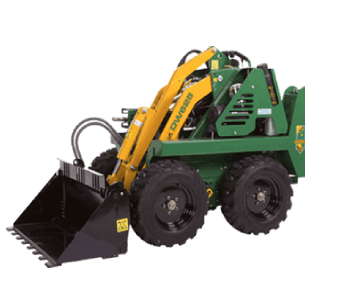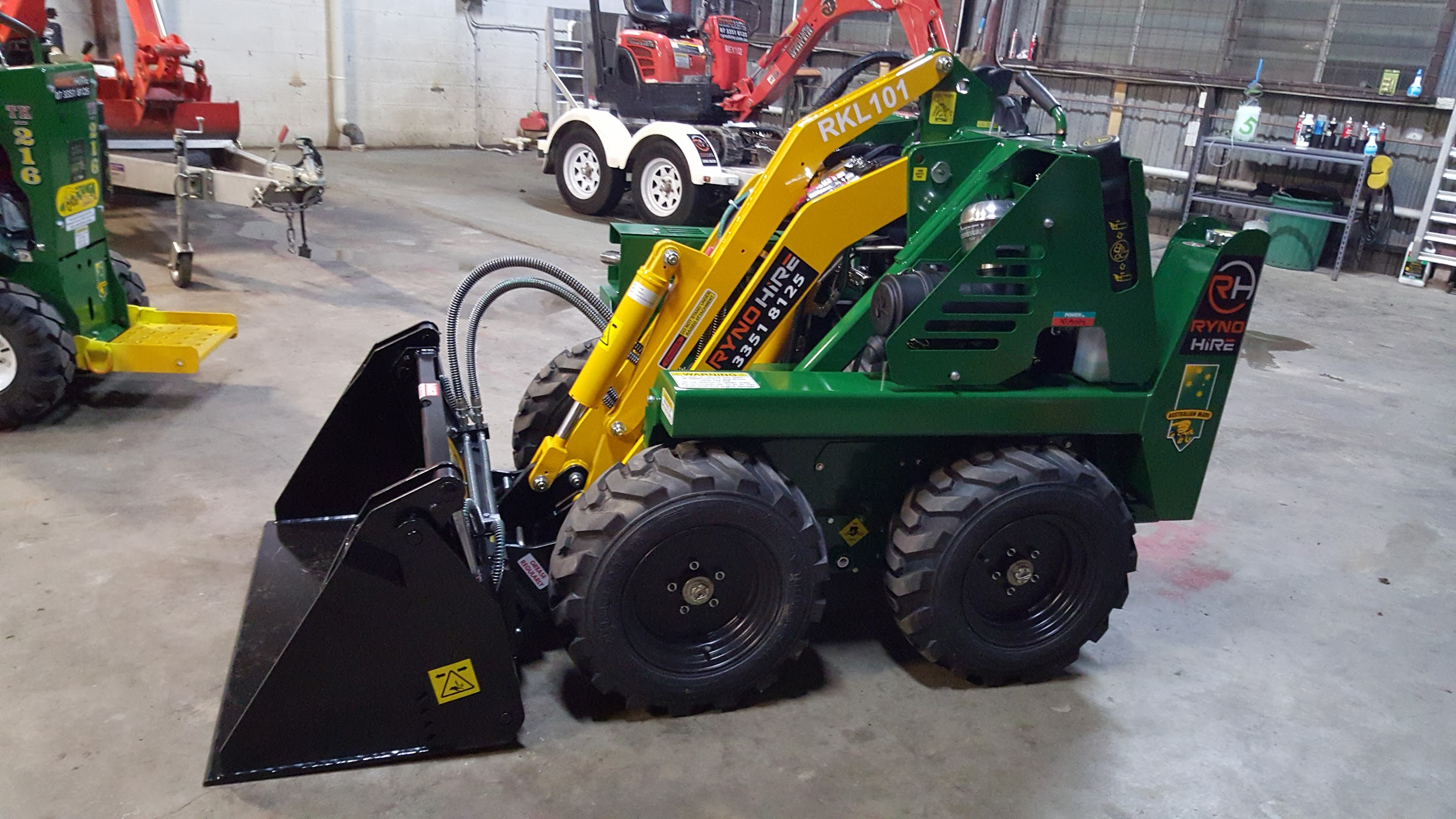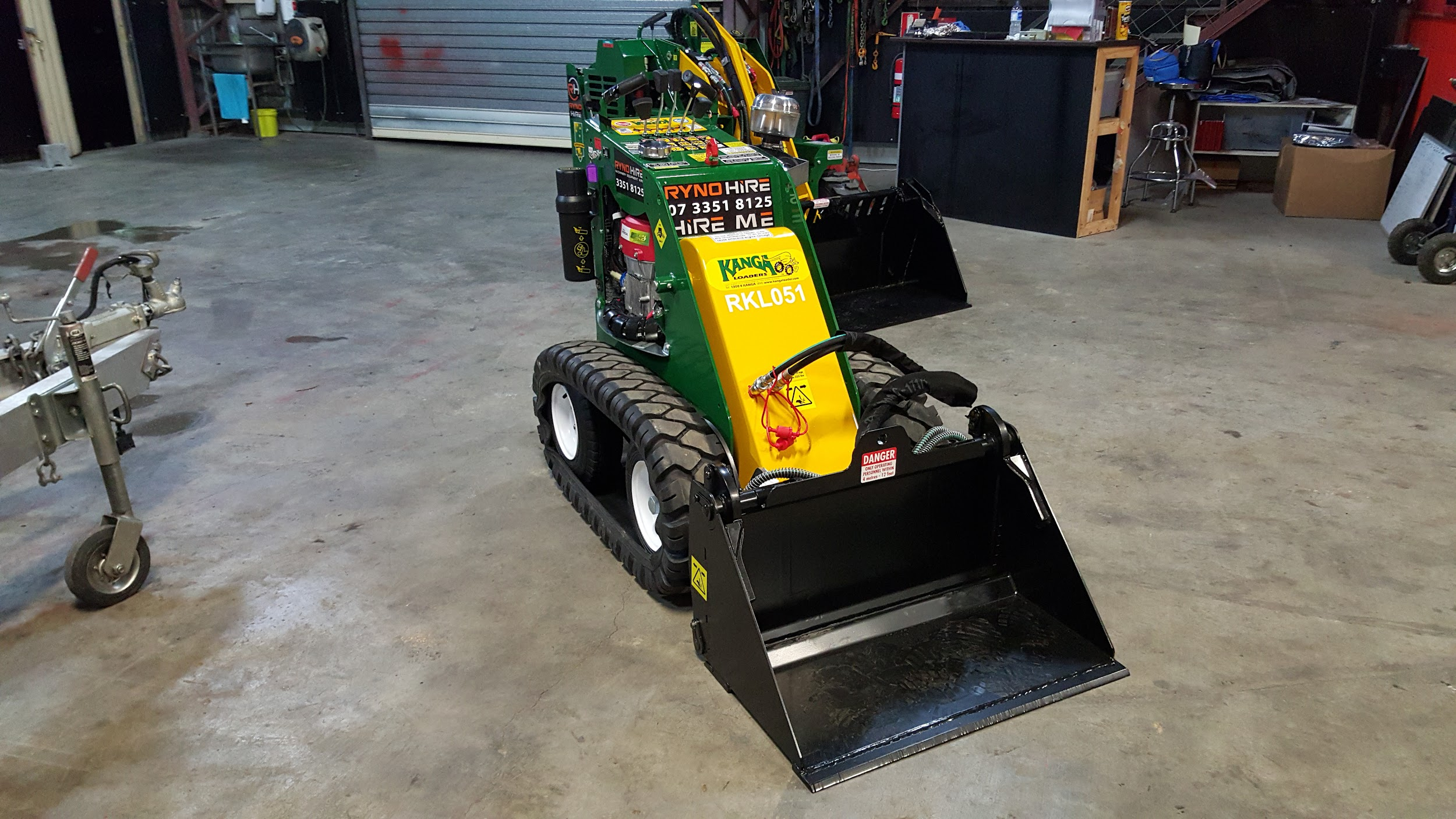
If you’re wondering what type of machines you need to either complete a building project or which machines can make the task more efficient and quicker, then a mini loader is probably one that can help. Here we’re going through five projects you can do with a mini loader.
Then we’ll go through some considerations to decide which machine is the best for your task.
5 Projects You Can do with a Mini Loader
According to market data, the heavy construction equipment market size was valued at $176.2 billion in 2020 and is projected to reach $273.5 billion by 2030.
Loaders are considered one of those types of construction machines that are growing in use. And loader use in Brisbane and the surrounding area is also growing.
Let’s start by understanding what a mini loader is and how it differs from other building site machinery such as excavators.
What is a mini loader?
A mini loader machine is a type of construction equipment used for various building projects.
It differs from other machines, such as excavators, in the tasks it can perform and how it can help around the site of any building project.
There are various sizes or “grades” of mini loaders depending on what task is to be tackled. These range from smaller stand-on machines to slightly larger enclosed machines with larger buckets, more tool attachments and higher lifting torque.
Mini – or micro loaders are ideal for projects that require more precise movements – in small or difficult-to-access areas.
But they are also perfect where you might need a greater and faster bulk movement of materials than simply using a spade and wheelbarrow.
So a mini loader – of any size – offers a complementary tool for site projects as it can carry out many smaller tasks more efficiently than a person with a tool.
You might call these supporting or specialist tasks carried out alongside larger onsite machinery.
There are minor differences between micro and mini loaders, mainly in size and power.
Mini Loader vs Micro Loader
The terms ‘micro’ and ‘mini’ loaders are often used interchangeably, but they have some slight differences.
A micro loader is a machine with a very small bucket – usually 80cm or less in width.
It’s usually operated from a standing position. The whole machine, including the bucket, is designed to be small enough to access tighter spaces or carry out smaller tasks efficiently.
To give you a sense of the kind of tasks that mini loaders can undertake, we’re going through five projects you can do with a mini loader.
1. Stockpiling materials
A mini loader is perfect for gathering and stockpiling construction materials around the site. If there’s a need to move sand, soil, gravel or other aggregates from one location to another, the mini loader can help do this quickly and efficiently.
A larger, more high-powered machine would often be a waste of resources in carrying out this task.
So while the larger machines are left to tackle the larger tasks, workers can use a mini loader to move materials around. This is a perfect example of a mini loader being used as a supporting machine to the main task.

2. Land or site clearance
If you need to clear an area of land for construction, a mini loader can be fitted with a brush cutter attachment to help with the job. This is a quick and effective way to clear an area of vegetation.
Often, a mini loader is used to clear a site before bringing in larger machines. They can more accurately shape the site and create paths and roads around the area.
Materials can be moved around using the bucket or fork attachment. The bucket is the most common way to move materials with a mini loader. Forks are generally used for larger or heavier objects scattered around the site.
3. Mow the grass
Another project you can do with a mini loader is mowing the lawn. Not only that, but it can even take down the thickest grass and bush when utilising a flail mower attachment.
What makes mowing the grass great with a mini loader is that it can get into tight and hard-to-access areas inaccessible with larger equipment, enabling you to cut back all of the overgrown grass and bush.
4. Post hole digging
A mini loader can be fitted with an auger attachment to help with digging post holes. This is a quick and effective way to dig holes for fence posts, tree planting and other purposes.
If you’re not familiar with an auger, It’s an attachment for skid steers and is a tool designed to pierce and drill down into the ground.
Augers comprise a heavy-duty steel shaft and a spiral blade that drills downward in a helix fashion. Think of the auger as a drill bit on a home electric drill.
5. Landscaping
A mini loader can be used for a variety of landscaping tasks. This can include levelling ground, moving soil and mulch, and more.
With the right attachments, a mini loader can quickly and easily level out uneven areas of your property. This is especially handy if you’re preparing an area for gardening or landscaping projects.
A mini loader can also move soil, mulch and other materials around your property. If you need to fill in a hole, a trench, backfill, or move a pile of dirt, a mini loader can make light work of the task.

What Tasks Can a Mini Loader Not Do?
A mini loader is a versatile machine, but there are some tasks that it’s not suitable for. For example, a mini loader can’t carry out:
● Excavation
● Large demolition tasks
● Tree felling or stump removal
● Road construction
● Heavy lifting
● Tasks that require a high level of precision
If you need a machine for any of these tasks, you’ll need to look at other options such as an excavator, skid steer loader, or backhoe loader.
Which Mini Loader do I Need?
There are a variety of mini loaders on the market, so it’s important to choose the right one for your needs.
● Consider the size of your project and the type of terrain you’ll be working on. If you’re working on a large project or rugged terrain, you’ll need a mini loader with more power and features and potentially tracks instead of wheels.
● Consider access areas that you have available for your loader. Beyond that, consider what room is available within the site to manoeuvre around.
● What delicate obstacles might there be on site? Other buildings, statues, fencing, trees and other obstructions could lead to problems if they are struck. This might also include working close to water sources such as rivers or swamps or above sensitive gas pipes or propane tanks.
● Think about how much material needs to be moved, and work out the machine’s lifting capacity required for the task you want to carry out.
If you’re unsure which mini loader is right for you, then talking to an expert will help you determine the best route.
What to do Next
Now that you know what a mini loader is and what it can (and can’t) be used for, you’re ready to start your next building project.
If you need help choosing the right mini loader, then contact us today. We’ll be able to advise you on the best machine for your needs.
13 September 2022

